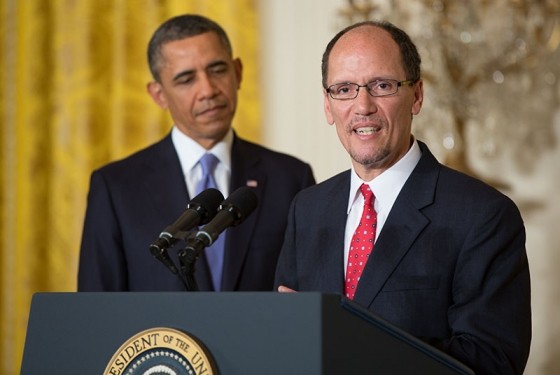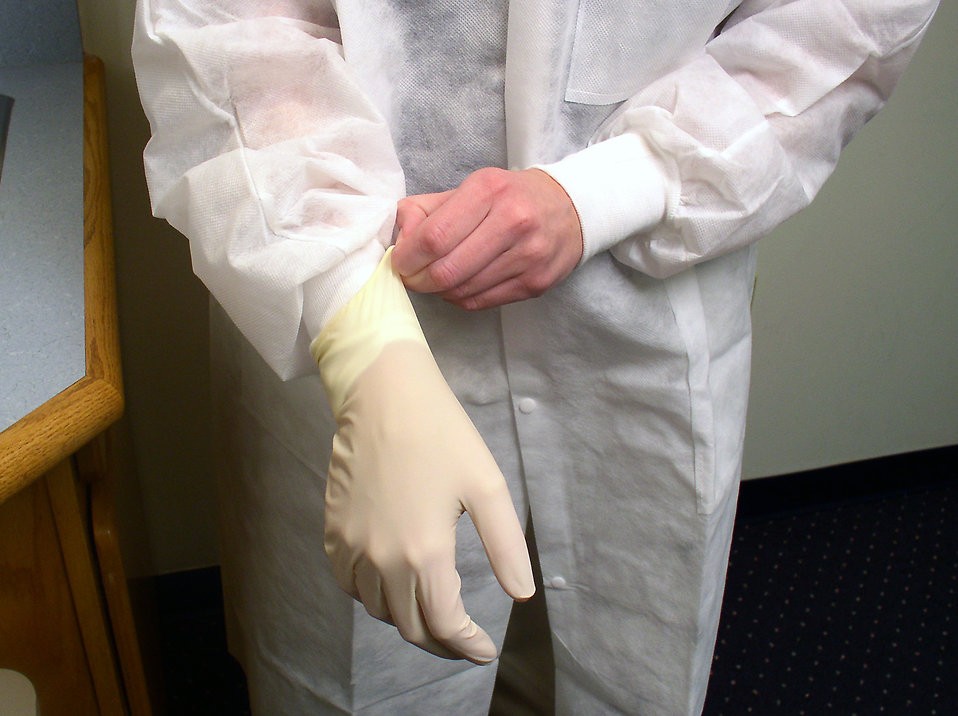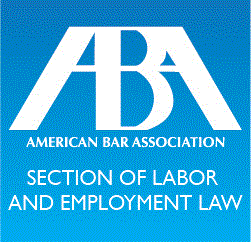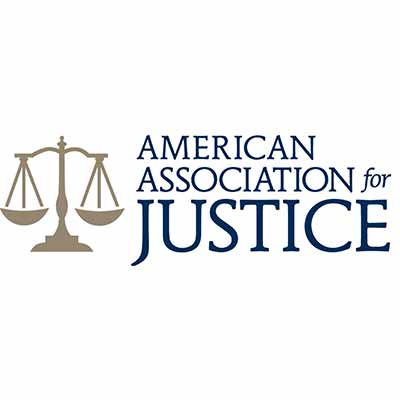On June 30 the Department of Labor (DOL) released a proposed rule that would result in nearly 5 million additional American workers receiving overtime compensation. As it stands, an employee making more than $455 a week is exempt from Fair Labor Standards Act (FLSA) requirements for overtime pay. The new rule raises the exemption floor to $921 a week, meaning many more workers will qualify for overtime pay if they exceed 40 hours of work per week.
The new rule has been expected since President Obama directed the DOL to review white-collar exemptions to the FLSA in March 2014. Under the previous exemption requirements, a white-collar employee earning more that $23,660 a year could not qualify for overtime compensation. The new rule raises the annual earning floor for exempt employees to an estimated $47,892 a year. This income level represents the 40th percentile for full-time salaried workers in the U.S.
The DOL has posted a fact sheet reviewing key provisions of the new rule. Specifically, the fact sheet lays out three changes proposed under the new rule:
- Set the standard salary level at the 40th percentile of weekly earnings for full-time salaried workers ($921 per week, or $47,892 annually);
- Increase the total annual compensation requirement needed to exempt highly compensated employees (HCEs) to the annualized value of the 90th percentile of weekly earnings of full-time salaried workers ($122,148 annually); and
- Establish a mechanism for automatically updating the salary and compensation levels going forward to ensure that they will continue to provide a useful and effective test for exemption.
While the rule is not yet final—it will remain open to comments for 60 days once published on the Federal Register, at which point comments will be reviewed and the rule finalized—it will likely remain close to its current form. This could mean big changes in compensation for millions of American workers, and will necessitate change in compensation policies for companies around the country.
To understand if you qualify for overtime under the new regulations, or whether your business needs to change how it compensates employees, you may want seek the guidance of your attorney.







